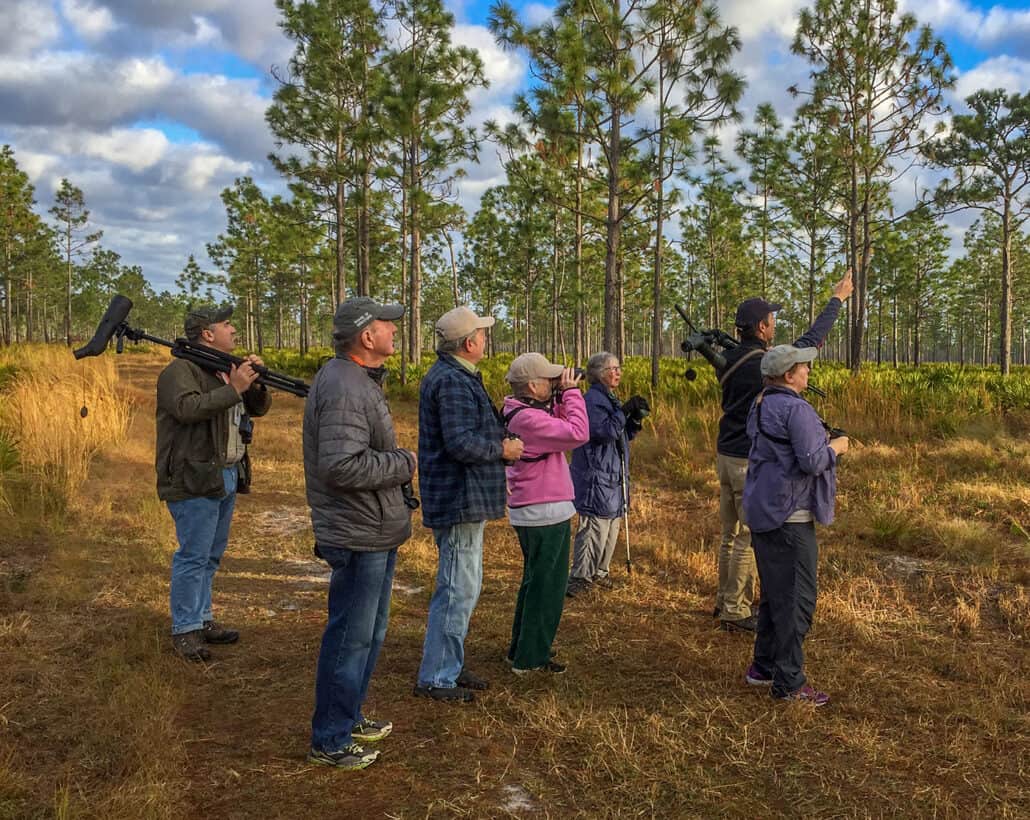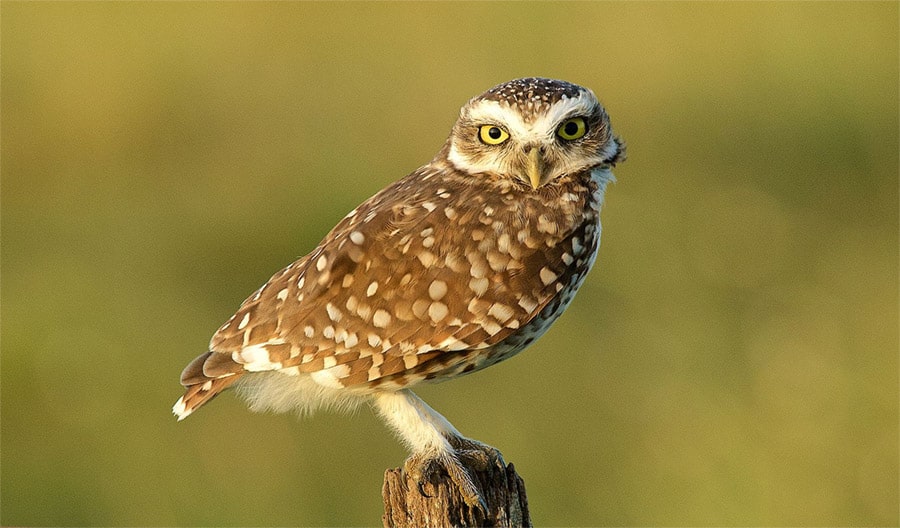
Follow these ten tips to get the most out of fall migration!
Whether you’d like to admit it or not, summer is over and autumn is upon us. Spring cleaning gets lots of attention, but for the backyard bird watcher, there’s just as much to do in fall as in spring. I like the anticipation of fall. At the farm fall migration is almost always better than spring migration—we get more birds, and we get more unusual birds. The only thing missing is fresh spring plumage and the symphony of singing males. To ensure that you get the most out of this fall’s migration, I offer these suggestions for the birds in your backyard.
10. Water in motion. Moving water in your birdbath created by a mister or dripper is a fantastic way to attract birds. During spring and fall migration, when species not normally found in your area are passing through, an attractive birdbath can make them stop to bathe or drink. Make sure your bath is clean and in a spot where you can easily observe it throughout the day.
9. Keep the cat indoors. Migrant birds are not familiar with your backyard’s delights or dangers. A lurking cat can take a heavy toll during migration as unsuspecting birds are lured into your yard by habitat, water, and food. It’s a good idea to keep your cat indoors throughout the year, but especially important during fall migration, when adult birds are joined by naïve youngsters making their first southward flight.
8. Replace old dirty nests. It seems that our late-summer broods of bluebirds are always the messiest. By the time the young have fledged, the insides of the nestbox are caked with droppings, feather dust, and insect parts. We always give the houses a good sweeping out in the fall and replace the filthy old nest with a clean new cup of dried grasses. I like to imagine the bluebirds, chickadees, or a downy woodpecker snuggled deep in the insulating grass inside the box on a cold winter night.
7. Feeder check up and inventory. When fall is here, winter is already getting ready for its grand entrance. If you live in a region where winter weather is harsh, now is the time to look over those large-capacity feeders that have been in storage since last spring. Are they fit for another winter of use? Do they need a good cleaning? Do you want to upgrade or expand your feeders and offerings? Avoid the holiday rush and get your shopping done now.
6. Let your garden go. It’s hard to resist the urge to pull up all the dead tomato, squash, and other plants in your garden once the growing season is over. And some gardening experts encourage this immediate yanking and burning of the old plants to reduce the chance of plant disease carrying over to the next spring. We’ve never subscribed to that theory, but then we don’t spray pesticides or herbicides, either. We’re not just organic, we’re laissez faire organic, which translates to “lazy.” Our birds thank us by feeding on the old seedheads of our flowers and garden plants. Sparrows, towhees, and juncos skulk in the thick dead vegetation. Sure the garden lacks a certain tidiness, but it’s always full of birds.
5. Let your lawn go. It’s all about seedheads. Stop mowing a section of your lawn in late summer and let the long grass go to seed. This is your own natural bird food. Passing buntings, sparrows, and finches will thank you by spending time in your grass. During the many winters we’ve lived on our farm, our unmown lawn sections have attracted pine siskins, tree sparrows, Lincoln’s sparrows, one grasshopper sparrow, and lots of the usual suspects (juncos, goldfinches, and song, chipping, and field sparrows).
4. Leave your leaves. Leaving your fallen leaves alone helps your birds both directly and indirectly. The leaves trap and hold moisture from dew and rain, which helps keep your lawn from drying out. As the leaves break down (mowing over them can hasten this) they add valuable nutrients to the soil. Fallen leaves also attract and are fed upon by insects, which in turn are fed upon by birds such as robins, blackbirds, thrushes, bluebirds, catbirds, thrashers, and so on. A healthy lawn is always a birdy lawn.
3. Scatter seed. I know bird feeding is done more for the watchers than it is for the ultimate survival of the birds. But I still feel good when I scatter a handful of mixed seed, sunflower hearts, and peanut bits under the brush piles and thick shrubbery around our lawn. This food is intended for those skulking species that may never come to our feeders—the sparrows, thrashers, catbirds, towhees, and others that are too shy (or too smart) to venture across our yard to the centralized feeding stations. I am sure that chipmunks and field mice enjoy this banquet, too. But then again, they might lure a kestrel or red-tailed hawk into the yard seeking a mammalian meal.
2. Keep hummer feeders up. You’ve probably heard the myth: Take down your hummingbird feeders in the fall or the hummers will “forget” to migrate. It’s not true. Birds, including the hummingbirds at our feeders, are programmed by instinct to migrate when their inner clocks tell them to leave. Changes in daylight (in terms of the length and intensity of sunlight), affect the birds’ departure date and time, as do changes in weather. But there’s no way your feeder will interfere with a bird’s migratory urge, unless the bird is hindered from migrating by some other factor such as illness or injury. Sick or injured birds and late migrants from points to the north of you will benefit from your late-fall feeding station. Leaving your hummer feeders up will do no harm, and it might even do some good. (Make sure your feeders are clean and the solution is fresh—sorry, I couldn’t resist.)
1. Make your windows safe for migrants. Migrant birds get restless and almost hyperactive in the fall. Watch a red-eyed vireo chase a warbler all over your yard and you’ll see what I mean. All this activity around your house can have tragic results if one or more of your windows is in a location where flying birds strike the glass. We have reduced bird strikes by about 80 percent with FeatherGuards on problematic windows, but CollidEscape Clear Bird Tape is also a proven-effective bird-strike deterrent.



